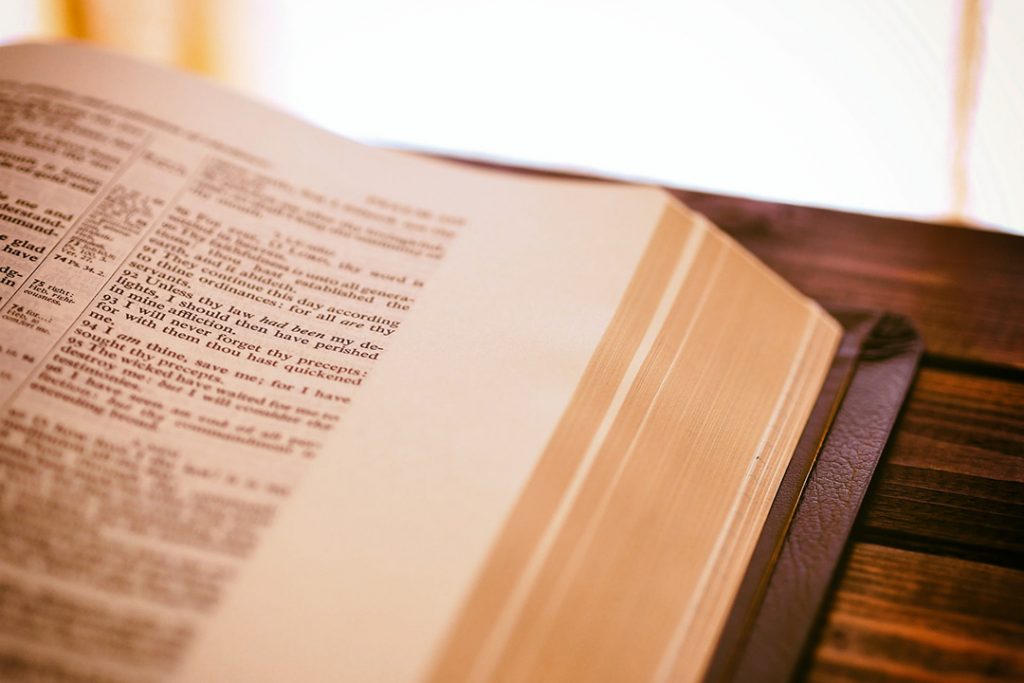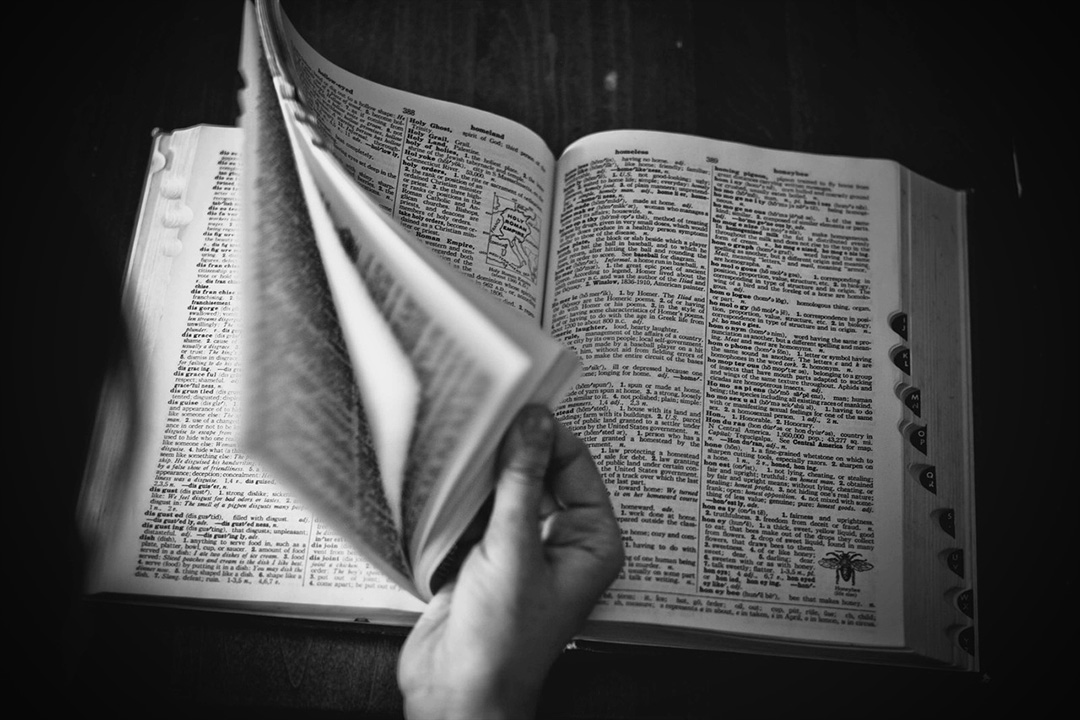Like most industries, the bulk bag sector is awash with specific words and phrases that relate to the types of products and optional extras that you can order. Bulk bags themselves are sometimes referred to as FIBCs – and any person new to the industry or looking to buy a flexible storage and transportation container may not know what these acronyms and jargon mean.
Custom Bulk Bags will make the world of FIBCs easier to understand. We’ve compiled a list of terminology and jargon that you are likely to come across when dealing with a bulk bag supplier or manufacturer. We produce up to 50 000 bulk bags a week and are a major supplier to numerous industrial sectors, including mining, agriculture and chemicals.

Common jargon in the bulk bag industry
Baffle – Pieces of fabric sewn across each corner of a bulk bag to improve its ‘squareness’ and stability. The baffles help to maximise storage space and help with shipping.
Belt patch – A piece of fabric sewn between the main body of the bag and the lifting loops. It is used to improve lift resistance and the safe working load (SWL) of the bag.
Bias strap/tape – This strap is made from polypropylene (PP) or multifilament yarns (MFY) and is used to tie top and bottom spouts. Also known as a tie strap or web tie.
Bottom spout – The discharge spout is located at the bottom of the bulk bag. It is used to empty the contents.
Breathable fabric – Uncoated or non-laminated fabric that allows the contents within to ‘breathe’.
Circular woven bag – A bulk bag made from fabric that has been woven on a circular loom. These cylindrical bags have no vertical seams and are sometimes called tubular bags.
Coated fabric – Laminated or coated fabric that prevents moisture intrusion or seepage of contents. It is used to protect powders and dry materials from water vapour.
Cone top – A pyramid-shaped inlet that allows the bag to be overfilled. Also known as a conical top.
Cord lock – A closure device that holds the spout cord in place. It is normally used on the discharge spout to prevent the bag from opening during transport.
Denier – The weight of yarn in grams per 9000 metres.
Document pouch – An additional pouch woven into the side of a bulk bag. It is used to store documents that accompany the shipment.
Drawstring closure – A spout that contains a loop or string that is pulled to close the bag.
Duffel top – The entire top of the bulk bag can be opened and sealed, like a duffel bag. Also known as a skirt top.
Extended belt – An extended piece of webbing that runs around the bottom of the bag.
FIBC – Flexible intermediate bulk container, or just another name for a bulk bag.
Filler cord – A small string that is sewn into a seam to prevent the seepage of fine powders and dust-like materials through the seams.
Form-fitted liner – A liner that is designed to take the exact shape of the bulk bag. It improves the filling and discharging of the bag and has a flat top and bottom.
Full discharge – A discharge outlet that extends all the way around the bottom seam. It allows you to dump the contents of the bag in one go.
Loop – The lifting handles that are attached to the bag. These are made from woven tapes of PP.
MFY – Multi-filament yarns, used in the weaving of bias straps and loops.
Petal closure – A spout that has four petal-like flaps that hold in the spout during transport.
Polypropylene (PP) – This is a plastic polymer that is used to create the tapes, fabrics and threads of a bulk bag.
Remote open discharge (ROD) – A discharge spout that can be opened from a distance for improved safety.
Safe working load (SWL) – This is the load that a bulk bag is designed to carry.
Safety factor – A ratio that outlines a bulk bag’s SWL. It is an industry-standard that bulk bags must be able to carry more than their intended loads. Custom Bulk Bags have a 5:1 safety factor, which means that they can safely hold up to five times more than their intended load.
Splash-proof – A water-resistant lining or coating that can be added to bags to prevent moisture penetration or liquid content seepage.
Stevedore strap – This is a belt connecting two adjacent loops, or all four loops, for single-point lifting.
Tape – An extruded PP filament that is slit into a tape-like shape. Used to weave the main fabric of a bulk bag or loop.
UV stabilised – An optional extra that provides protection from exposure to the sun. PP fabric can slowly weaken when left outside in the sun, so UV protection is often needed when bags are left in open storage spaces.
Warp – Tape in a woven fabric that is orientated perpendicular to the weft yarn during weaving. The warp goes from top to bottom in the body fabric.
Weft – Tape in a woven fabric that is orientated perpendicular to the warp yarn. The weft goes from left to right in the body fabric.
These words and phrases will allow people to gain a better understanding of the bulk bags that they purchase, as well as a deeper knowledge of the manufacturing processes and optional extras available to them. When choosing a bulk bag supplier, make sure that they have the right accreditations and ability to meet your specific needs. For more information about our bulk bags, please contact us today.
___
Custom Bulk Bags is a South African manufacturer of woven polypropylene bags for various industries, such as mining, chemicals and food. We are able to produce over 3.5-million bulk bags per year, keeping our customers in stock at all times. Our bags adhere to the highest levels of quality as a result of our stringent in-house testing and quality control programmes.
Custom Bulk Bags holds ISO 9001 certification and we currently have a number of UN-certified designs. We are a Level 3 B-BBEE manufacturer and supplier and fall under the ownership structure of Deneb Investments Limited. For more information on our products, contact sales@custombulkbags.co.za. Follow us on Facebook for our latest news and industry insights.
